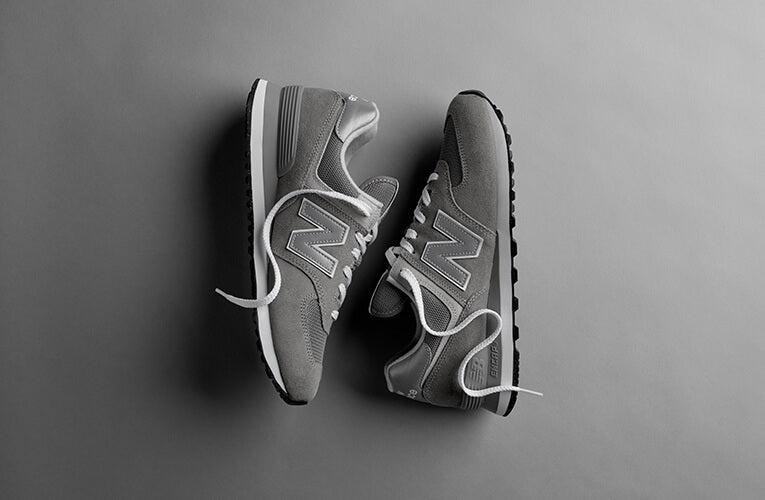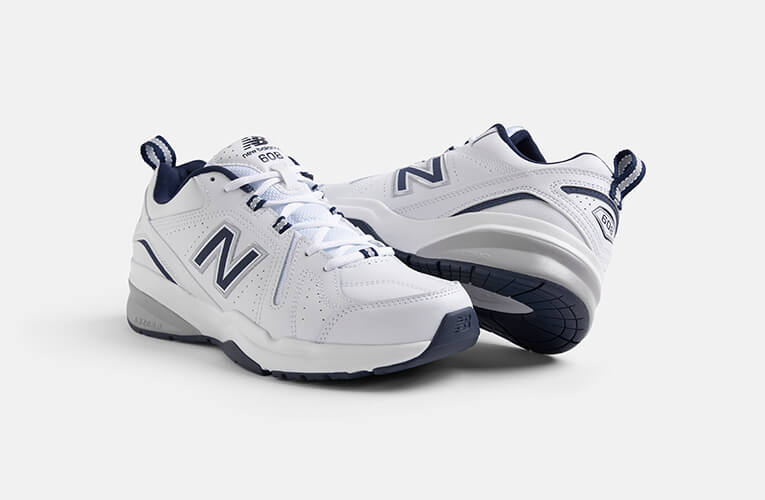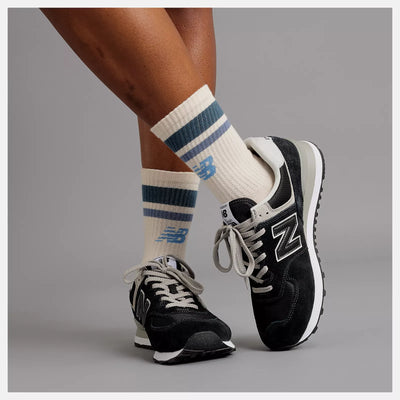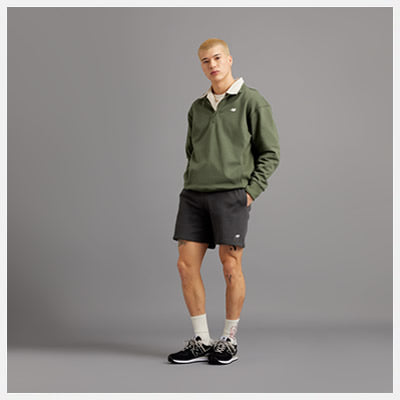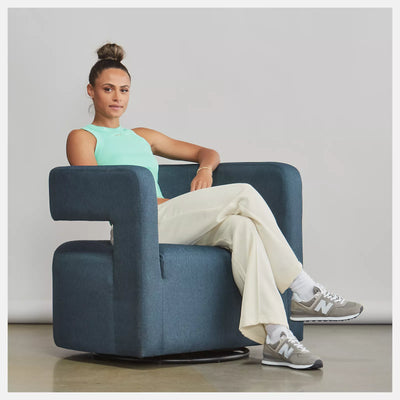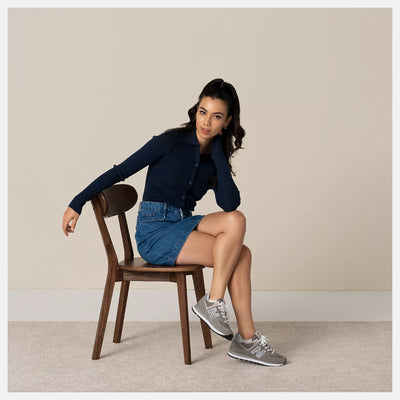Are you walking in comfortable shoes?

The average, moderately active person take around 7,500 step a day. If you maintain that daily average and live until 80 years of age, you’ll have walked about 216,262,500 steps in your lifetime. That’s a lot of steps.
The sad fact is that the majority of us wear shoes that are not ideal for walking. In fact, many of us don’t even wear the right size leading to all sorts of foot problems. Ideally, when a foot is measured, both the length and the width must be taken to obtain the accurate size. Often, measurement of the width is ignored with the focus solely on foot length. This is a mistake and gives an inaccurate measurement of the foot.
So, what sort of shoes are best-suited for walking?
Walking shoes should be lightweight and breathable. The cushioning should be thickest in the heel and the shoe should be flexible enough to bend in your hands. When buying walking shoes, look out for the following features:
- Achilles tendon protector. Reduces stress on the Achilles tendon by locking the shoe around the heel.
- Heel collar. Cushions the ankle and ensures proper fit.
- Upper. Holds the shoe on your foot and is usually made of leather, mesh or synthetic material. Mesh allows better ventilation and is lighter weight.
- Cushions and supports your foot and arch. Removable insoles can be laundered or taken out to dry between walking sessions.
- Gel, foam or air midsole. All of these materials cushion and reduce impact when your foot strikes the ground.
- Makes contact with the ground. Grooves and treads can help maintain traction.
- Toe box. Provides space for the toes. A roomy and round toe box helps prevent calluses. Be sure your foot has enough room in the toe box. There should be about half an inch between your toes and the end of the shoe. The shoe should be wide enough in the toe that your toes can move freely. Your heel should not slip, and the shoe should not pinch or bind, especially across the arch or ball of your foot.
Shoes that have most or all of these features are likely to give you the much-needed cushioning for walking. When you walk, your heel contacts the ground first in the typical heel to toe motion, so the heel will absorb most of the shock. Walking shoes therefore have a thicker heel (that improves stability) but are more flexible towards the ball of the foot which helps the walker push off.
When choosing shoes for walking, it is also important to consider the shape of your own feet and the pronation which is how your feet land and take-off from the surface. Therefore, a shoe that is work for one person may not be the right one for you based on your foot shape and pronation.
Go shoe shopping at the end of the day or after your walk when your feet may be slightly swollen. Also, wear the same socks you will be wearing during your walks. This can make a huge difference in how the shoe fits. Try on both shoes. Your feet may not be the same size If you are walking long distances you may need to move up 1/2 to 1 full size to accommodate for foot swelling.
Finally, keep track of how much you are walking with a single pair of shoes. Ideally walking shoes should be replaced every 300 to 600 miles (according to the Walking Site).
At Wide Fit Shoes we have a range of walking shoes for men and women with a wider fit to suit people who have either very wide feet or suffer from foot problems caused by diabetes, gout, bunions, hammertoes, flat feet therefore needing orthotics and others. When you come into our shop we will measure your feet, taking into consideration both the length and the width and any existing foot conditions and recommend shoes that are most appropriate for your feet. Please browse our website to find your perfect pair of walking shoes. www.widefitshoes.co.uk


